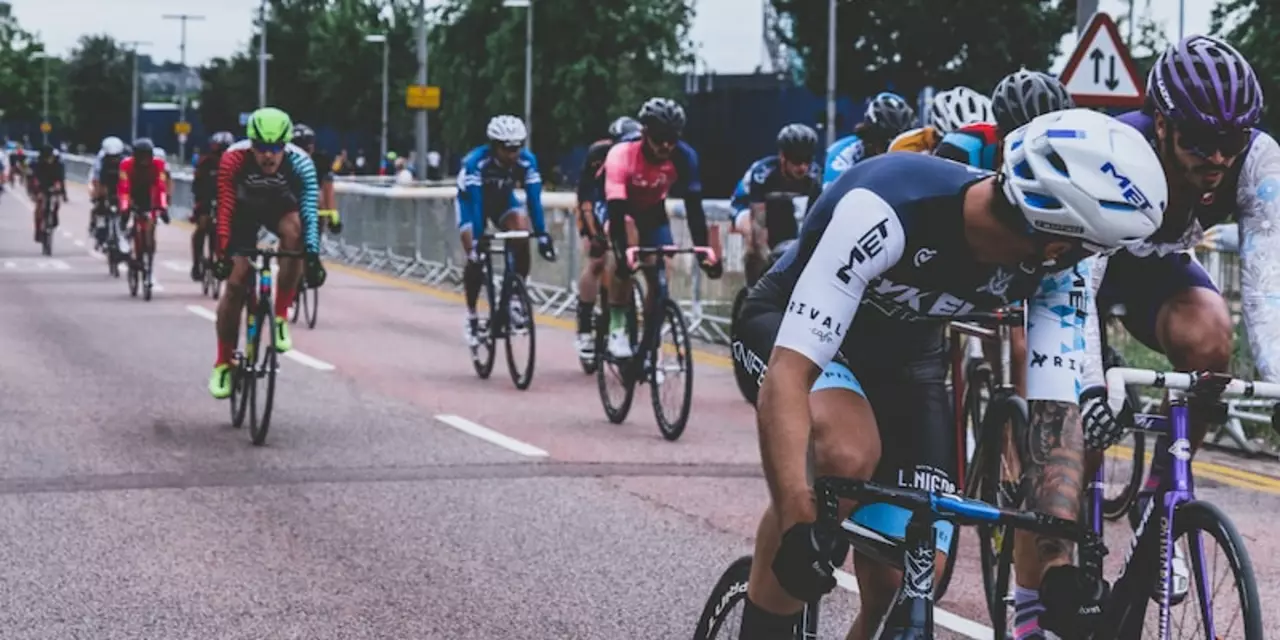SEARCH
Tour de France: What You Need to Know
If you’ve ever wondered why the Tour de France feels like a global festival, you’re not alone. Every July, riders tackle 21 stages, paint the countryside in bright jerseys, and keep fans glued to their screens. Whether you’re a casual viewer or a budding rider, this guide gives you the basics without the jargon.
Key Stages and Highlights
First up, the mountain stages. The Alps and Pyrenees are where legends are made – think epic climbs like Alpe d'Huez or the Col du Tourmalet. These sections test stamina, strategy, and sometimes sheer willpower. If a rider can conquer a steep ascent and still sprint at the finish, they become a fan favorite overnight.
Flat stages, on the other hand, are all about speed. Sprinters line up for the final dash, and teams set up lead-out trains to protect their fastest riders. It’s a high‑octane chess game, with each team trying to time their move just right.
Don’t forget the time trials. One rider, one bike, the clock is the only opponent. These races can shuffle the overall standings dramatically, especially if a GC (general classification) contender loses a few seconds.
How to Follow the Race
Today, watching the Tour is easier than ever. Live streams on major sports channels, daily highlight reels on YouTube, and real‑time data on apps let you track every move. If you’re new, start with the daily summary videos – they break down who gained time, who lost it, and why.
Social media adds a fun layer. Follow riders’ official accounts for behind‑the‑scenes photos, and join the conversation using hashtags like #TourDeFrance. You’ll pick up insider tips, see the storylines develop, and feel part of the buzz.
For the hands‑on crowd, the official Tour website offers stage routes, elevation profiles, and even a “ride the route” feature where you can download GPS files for your bike computer. Trying a segment of a famous climb on your own bike can give you a whole new appreciation for what the pros endure.
Lastly, the history side is worth a look. The yellow jersey, first awarded in 1919, still symbolizes the ultimate cycling achievement. Legends like Eddy Merckx, Bernard Hinault, and recent stars like Tadej Pogačar have all left their mark. Knowing a few of these stories adds depth when you hear commentators mention past battles.
So whether you’re tracking the overall favorite, cheering for a sprinter’s burst, or planning to ride a piece of the course yourself, the Tour de France offers something for every cycling fan. Keep this guide handy, and you’ll never miss a beat of the action again.

What speed do Tour de France cyclists average?
The Tour de France is an annual multiple stage bicycle race held in France, and considered to be one of the most prestigious races in the world. The average speed of cyclists during the Tour de France is between 25 and 28 kilometers per hour (15.5 to 17.4 miles per hour). This is faster than the average speed of a recreational cyclist, which is usually around 18 kilometers per hour (11.2 miles per hour).
Continue reading